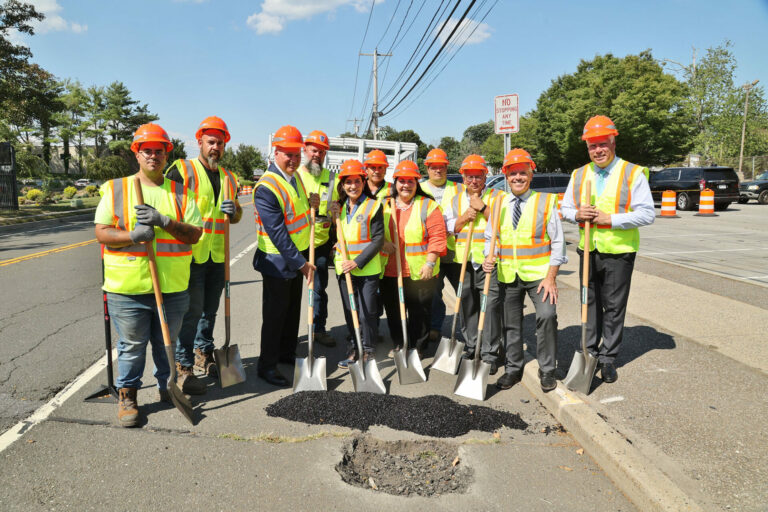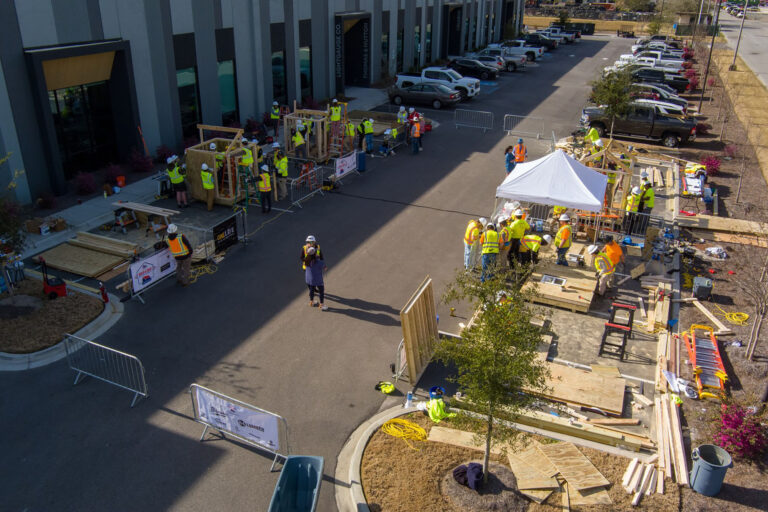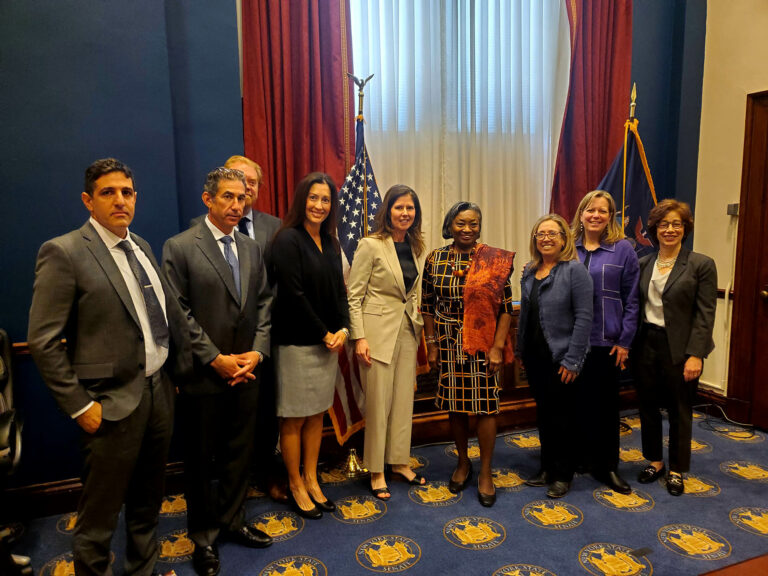Ontario is entering a transformative decade for infrastructure, and the Ontario Road Builders’ Association (ORBA) is making sure the industry is ready. Representing over 300 members and a workforce of more than 56,000 people, ORBA sits at the heart of the province’s road-building sector, driving conversations around efficiency, policy reform, workforce development, and sustainability. For Steven Crombie, ORBA’s Director of Policy and Stakeholder Relations, and Faduma Farah a member of the Public Affairs and Communications team, the future is very bright, indeed. The job at ORBA is a clear one, help Ontario’s infrastructure sector evolve for a busier, smarter future.
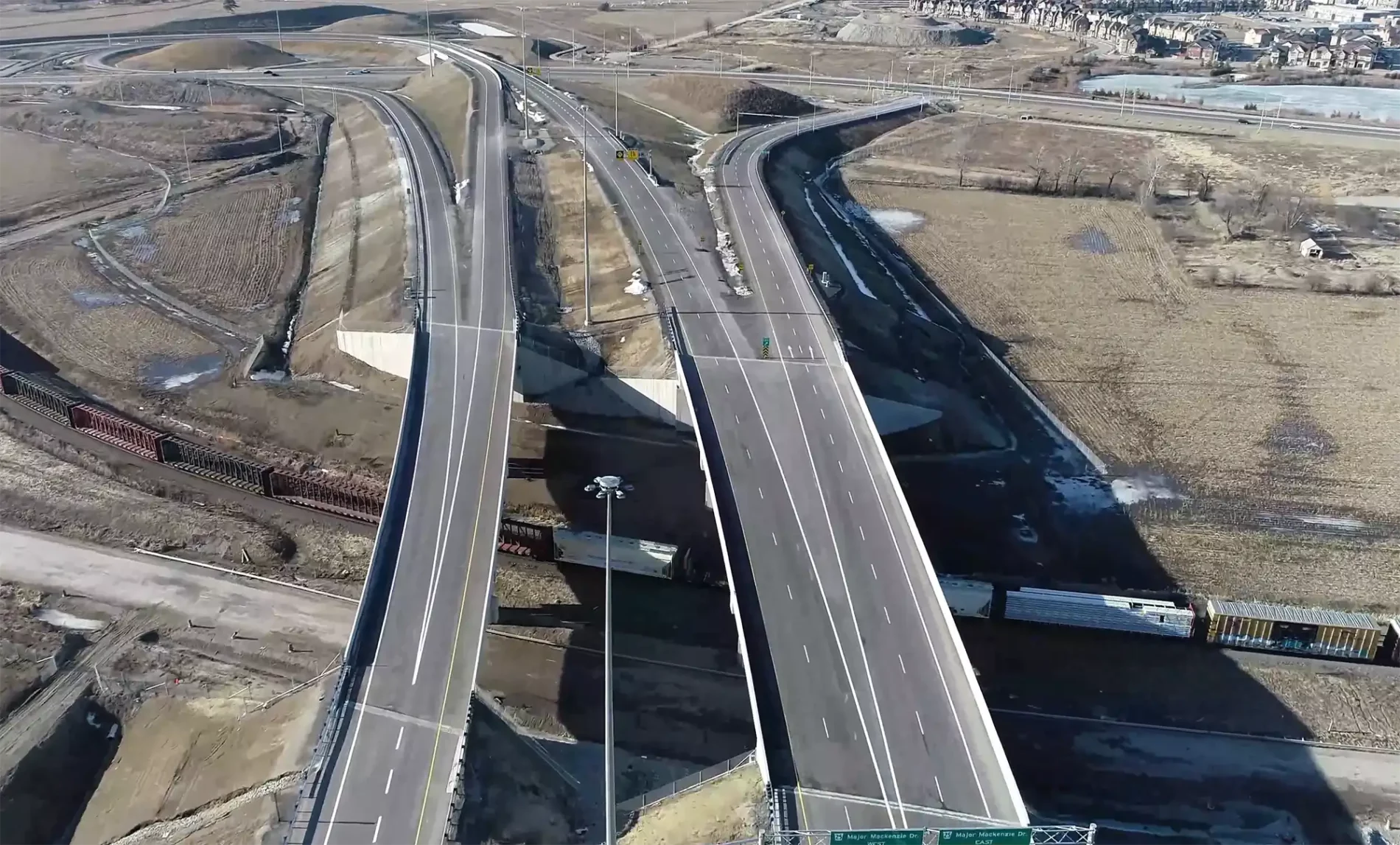
Since 1927, ORBA has served as the voice of the companies and professionals that build and maintain Ontario’s roads, highways, and critical infrastructure. With nearly a century of advocacy behind it, the organization has become a trusted bridge between contractors and government decision-makers. “ORBA is the leading voice of Ontario’s transportation infrastructure sector,” said Crombie. “We advocate for policy changes on behalf of our membership and streamline standards. We’re collaborative across the industry and with government.”
“We advocate for policy changes on behalf of our membership and streamline standards. We’re collaborative across the industry and with government.”
The sector plays a critical role in the province’s economy, contributing over $5.5 billion annually to Ontario’s GDP. With the province’s population recently surpassing 16 million, pressure is mounting to expand and repair the infrastructure people rely on every day. Crombie put it plainly: “There is a lot of work to do.”
A major piece of ORBA’s advocacy work is focused on harmonizing road construction standards across Ontario. Right now, each municipality can set its own design rules, a system Crombie calls a “Frankenstein set of standards.” The result? Contractors are forced to build different products depending on jurisdiction, even for the same type of road. “It creates a tremendous amount of burden, redundancy, and ultimately cost,” he said. “We’d like to see one consistent set of design standards across Ontario.”
That consistent standard, ORBA argues, should be the Ontario Provincial Standards Specification (OPSS). Currently voluntary, ORBA is pushing for it to become mandatory across municipalities. Crombie pointed to one example: an asphalt plant owner told ORBA their team was juggling up to 90 different mix designs at a time just to meet local specs. “If we can bring that number down to a handful, we’ll improve quality, lower costs, and streamline delivery for everyone, including taxpayers.”
The Ontario government has pledged $200 billion for infrastructure over the next decade, spanning roads, transit, health care, and education. While the number is impressive on paper, Crombie warns that it’s already outdated. “That figure is almost five years old, and construction inflation moves faster than the regular consumer price index,” he explained. “Each year the number stays flat, it actually builds less.”
To get the full value of that investment, ORBA is calling for infrastructure spending to be indexed to construction inflation. With labor and material costs rising faster than ever, the concern is that the province won’t get as much infrastructure for its dollar unless budgets stay in step with real-world costs.
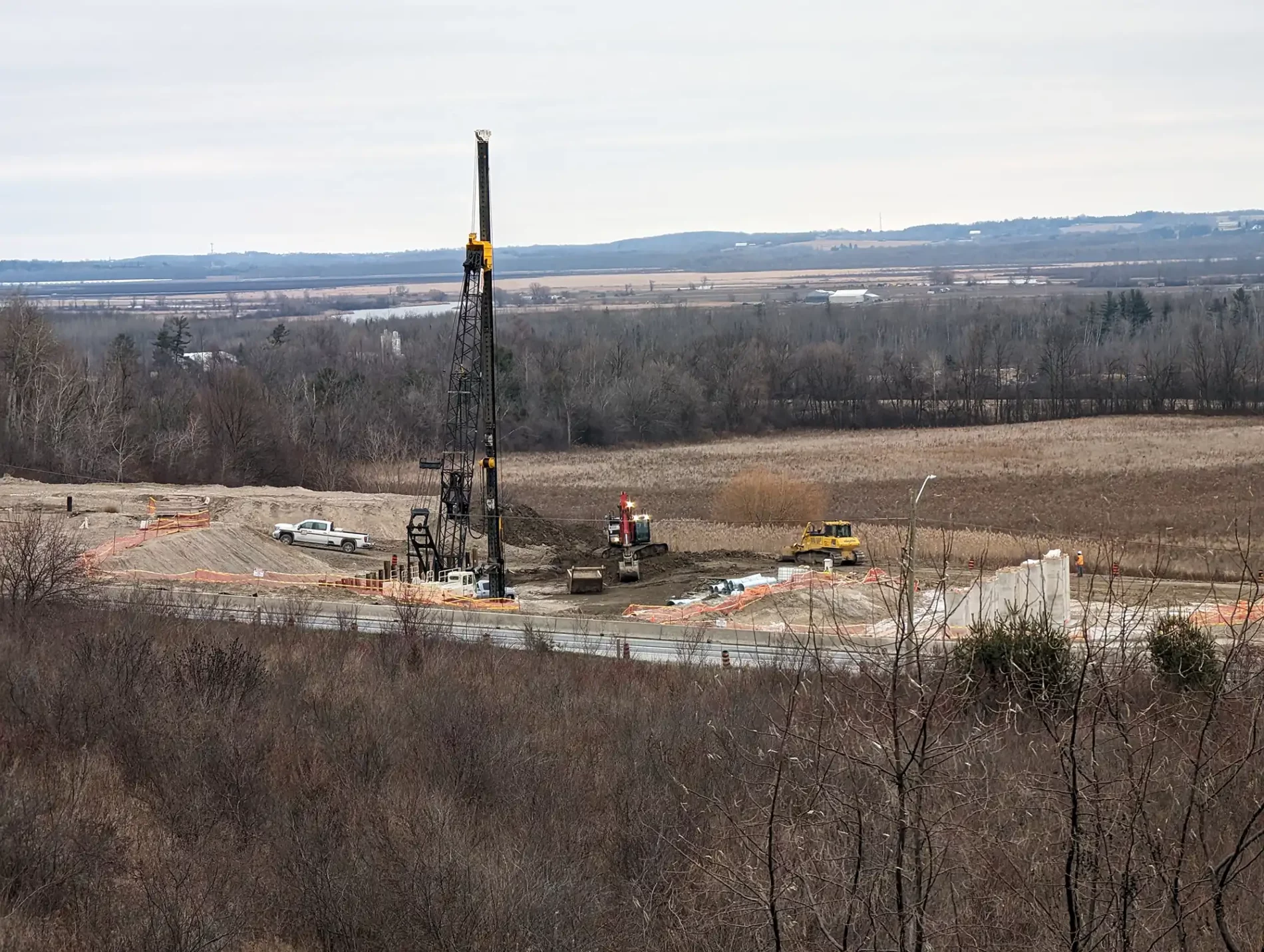
One of the biggest challenges facing Ontario’s construction sector is familiar across North America: a shortage of skilled workers. ORBA is meeting the moment with a major upgrade to its workforce development efforts.
The former Ontario Road Building Academy has been rebranded as the Ontario Infrastructure Academy. More than a name change, this signals a shift in focus, from training management professionals to bringing new field-level workers into the industry. “We’ve launched a program to attract and train 150 new workers this year,” Crombie said. “They’ll receive fully subsidized training, including required safety certifications and practical skills like how to back up a tri-axle or spot-check heavy machinery.”
To help employers with onboarding, the program also includes wage subsidies that reduce the financial risk of hiring new workers. It’s a bold move to bridge the gap between opportunity and access, and Crombie believes it couldn’t come at a better time.
BuildForce Canada estimates that Ontario will need over 100,000 new construction workers over the next decade—just to meet current infrastructure and housing goals. That number could climb even higher as new mega-projects, like the proposed high-speed rail line or the 401 tunnel, come online.
While ORBA’s members are engaged in thousands of projects across the province, several major initiatives are set to reshape Ontario’s infrastructure map in the next few years. One of the most anticipated is the Bradford Bypass, a multi-billion-dollar highway connecting Highways 404 and 400 just north of Toronto. The central portion of that project is expected to go to tender in late 2025, with construction starting in 2026. Other notable projects include the Garden City Skyway in southwestern Ontario, the widening of Highways 11 and 17 in the north, and the final stages of the Gordie Howe International Bridge between Windsor and Detroit. The latter is on track for completion in early 2026. “These are regionally significant projects that reflect where the province is going,” Crombie said. “But to deliver them efficiently, we need municipalities to release tender call sheets early. Late tenders, especially in the north, can hurt project delivery.”
Sustainability is not a buzzword for ORBA. It’s a priority woven into the association’s core mission. Crombie pointed to one area with enormous potential: reclaimed asphalt pavement, or RAP. “When you mill a road, that surface is a reusable asset,” he said. “Reusing it means less need for new aggregate or crude oil, and it dramatically reduces the carbon footprint of a project.”
ORBA is advocating for more asphalt specifications to include higher percentages of RAP, describing it as “low-hanging fruit” for reducing emissions in the road-building sector. Farah added that the association’s sustainability focus extends to tracking carbon impacts and finding new ways to support sequestration and reduction efforts across the industry. “It’s like recycling cardboard,” Crombie said. “It’s just smart business and smart stewardship.”
As Ontario enters an ambitious new era of infrastructure development, the Ontario Road Builders’ Association is making sure the road ahead is clear, consistent, and forward-thinking. Through policy reform, workforce development, and sustainability initiatives, ORBA is helping the province build not just more infrastructure, but better infrastructure. For Crombie and the team, that means one thing above all: making sure the sector is ready to deliver when opportunity arrives. “There’s a lot of work to do,” he said. “But the outlook is very positive.”














